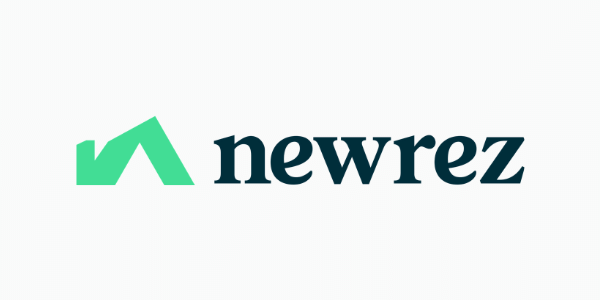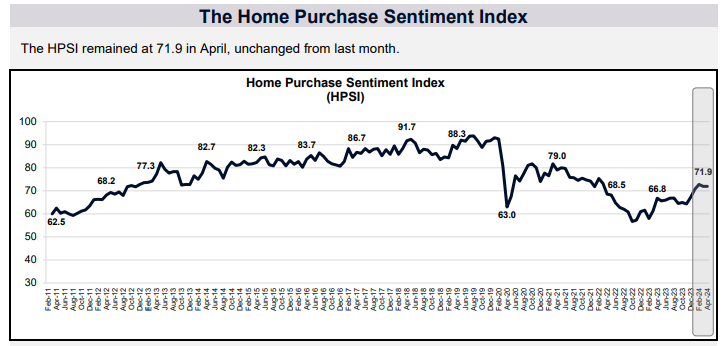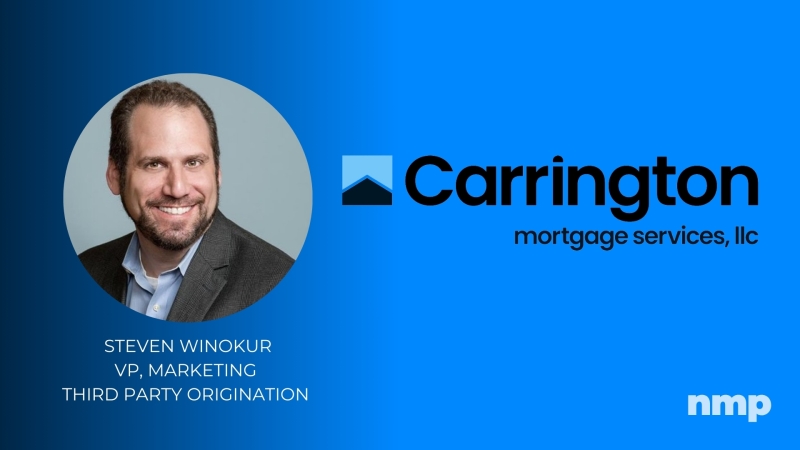Advertisement
Where Will You Enroll: New School or Old School Marketing?

Over the past several years, there has been a significant increase in interest in the "New School" of digital marketing. This New School focuses on e-mail and social media to deliver messages, whereas the "Old School" uses printed letters, postcards and newsletters. This New School looks especially attractive to salespeople by offering the ability to reach large numbers of clients and business partners with visually appealing messages, at a low perceived cost per message. It is also not as messy as the Old School, and is without the hassles of printing and mailing.
This New School sounds cool. It’s hard to believe we haven't shut down the Old School. Tough economic times have only made the Old School look worse. It seems so costly and time-consuming to use the Old School when you can usually go to the New School without leaving the comfort of your easy chair. These days, the Old School ways of marketing just seem outdated, but if you take a minute to really think about what your marketing is actually delivering, in terms of impact and revenue, the Old School is cool.
You may be surprised to learn that even with the growth of social media and e-mail marketing, direct mail has been hurt less by the economy than many other forms of advertising. How is that possible? If e-mail and social media are less expensive and easier, why would anyone want to use direct mail? The reason is ROI, return-on-investment. This may sound crazy, but the actual ROI on direct mail is higher than both e-mail and social media. It may seem cheaper to reach a potential borrower using e-mail, Facebook or Twitter, but to win the ROI race, a big return can overcome the low investment.
Let’s look at the real figures: A recent Direct Mail Association (DMA) report showed the response rate of e-mail at 1.73 percent when sent to a list of clients, compared with 3.42 percent for direct mail. You are warned to expect a lower response rate from e-mail campaigns to financial services clients because of recipient’s security concerns and junk mail filters. You may be thinking that 1.73 percent isn't bad when you consider all the advantages of e-mail. Let's look at this as objectively as possible. For mathematical comfort, let's assume our two hypothetical loan officers have 1,000 past clients. Ernie uses only e-mail for marketing messages and Dale uses only direct mail. Both are going to execute a sales message to their clients. Ernie is the ultimate New Age marketer, both thrifty and dynamic. Even his thrifty side sees the value in a professionally-designed e-mail template and he happily spends $400 to get his campaign off to a professional and fast start. Dale is firmly enrolled in the Old School, and while not as colorful or dynamic as Ernie, he is still wise enough to have his letter professionally written and printed for $900, including postage. We will assume that both Ernie and Dale convert 10 percent of their responses to sales, generating an average of $3,000 in commissions per transaction. We now have both the investment and return for this example.
Before we pull out the calculator, we have a small reality check for Ernie. While Ernie has 1,000 clients and as has been slavishly devoted in collecting client e-mail addresses since he started e-mail marketing a couple of years back, prior to that he wasn't as diligent. As a result, only 50 percent of his client database has any e-mail address (across all of our clients, the average is 25 percent and the highest is 58 percent). Before you begin an e-mail marketing campaign, you need to think about the percentage of your database that contains an e-mail address. Both Ernie and Dale will have return mail from bad addresses and their DMA response rates reflect the averages for e-mail and letter returns.
Ernie
Clients
Messages Out
Responses
Sales
Revenue
Cost
ROI
1,000
500
9 -->(500 * 1.73%)
1
$3,000
$400
$2,600
Dale
Clients
Messages Out
Responses
Sales
Revenue
Cost
ROI
1,000
1,000
34 -->(1,000 * 3.42%)
3
$9,000
$900
$8,100
You may still consider the ROI of e-mail very attractive considering how much easier it is to manage. Current statistics say that an estimated 100 of both Ernie and Dale's clients were involved in a mortgage transaction in 2011. It is important for Ernie to consider that when he chose to use e-mail, those other two loans captured by Dale were still done by his clients—only not with him. Phone calls and direct mail should form the foundation of your sales plan. E-mail and social media can significantly enhance, but not replace, fundamental sales activities. Dale is out there showing us that Old School is still cool.
Many loan officers choose e-mail because they are focused on the perceived appeal of e-mail (and the lower upfront cost) and fail to realize that they have to spend the $400 three times—a total of $1,200—to generate the same revenue.
Choosing e-mail is an emotional decision, not a rational business decision. If the ultimate goal of your marketing efforts is to maximize your net income and retain your hard earned clients and referral sources, direct mail is the clear choice.
This math will help you understand why large financial services companies are still choosing direct mail over email when they are trying to sell products and services. These large institutions understand that clients are expensive to acquire, but can provide many years of income if properly managed.
E-mail is deceptively attractive, but is not a venue where most people wish to receive sales messages. This is particularly true when it comes to financial services messages. Cloaking e-mail as financial services messages from known financial institutions is a popular tool employed by a range of internet miscreants. Because of this, many borrowers are reluctant to follow links or respond to unexpected e-mail sales offers.
Borrowers and business partners want e-mails that add valued knowledge or entertainment. They will happily read what they know are sales messages if those messages consistently provide knowledge or entertainment that they value. In a marketing context, e-mail is a great channel to deliver information, service and relationship messages. E-mail particularly excels in generating referrals where it has been effectively used to deliver valued knowledge or entertainment during and after the initial transaction. All studies stress the importance of having interesting, professional messages that are targeted (relevant) and add value to the recipient.
Why does direct mail work? Why is the response rate almost double that of e-mail? There are several reasons. First, you can tailor different messages to different mail formats:
►Postcards are suited for quick announcements and seasonal greetings
►Letters are suited for sales messages as the give more room to build your case. They have the best response rate.
►Newsletters are a strong branding piece that demonstrates size, professionalism and security
Second, the delivery alone conveys value even if your client does not read the piece:
►Your client sees your brand on the front
►You can transmit a message to the recipient on the outside of the piece
►Your clients knows you communicated
Third, the perceived value of professionally prepared, personalized direct mail is higher than that of e-mail. Your client knows you took the time to prepare and customize a mailing for them.
Many loan officers shy away from direct mail because of the effort and complexity. The letter has to be written, each mail piece has to be personalized and addressed, the address database has to be maintained and updated. This is time-consuming.
There is, however, a new generation of direct mail that dramatically simplifies things for the loan officer. These new direct mail systems automate direct mail so the loan officer literally need do nothing other than close the loan using the loan origination system. Automated marketing systems extract client data directly from the LOS, store the data in the marketing database, and execute regular direct mail campaigns using digital printers for complete personalization.
Direct mail has entered the digital world and is more effective than ever. With direct data connection to the loan origination software (LOS), print mail has never been easier, faster, cheaper—and more timely and professional. We suggest you think hard about which school you will enroll in.
Chris Nordby is president of Protelus, a provider of marketing automation and data services exclusively for the mortgage industry. He may be reached by phone at (800) 585-0207, ext. 100 or by e-mail at [email protected].
About the author





